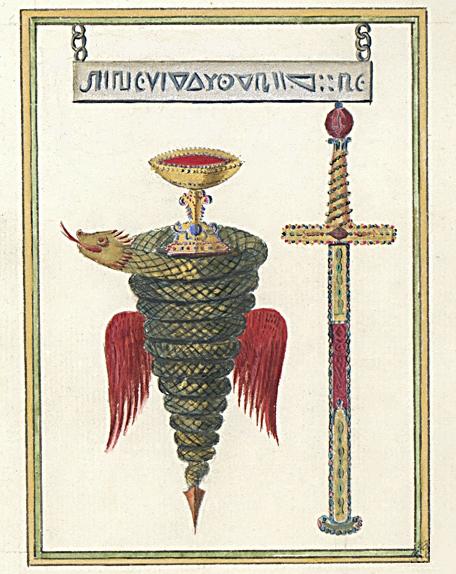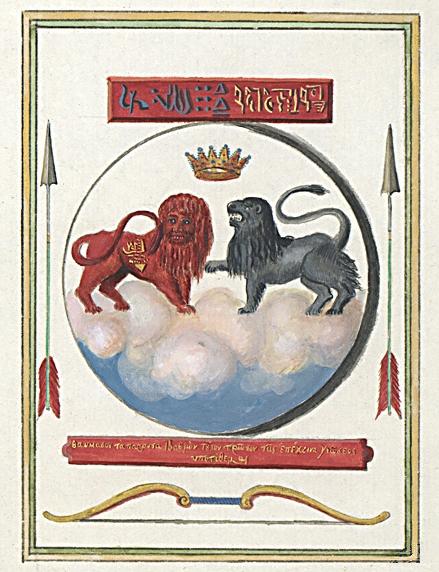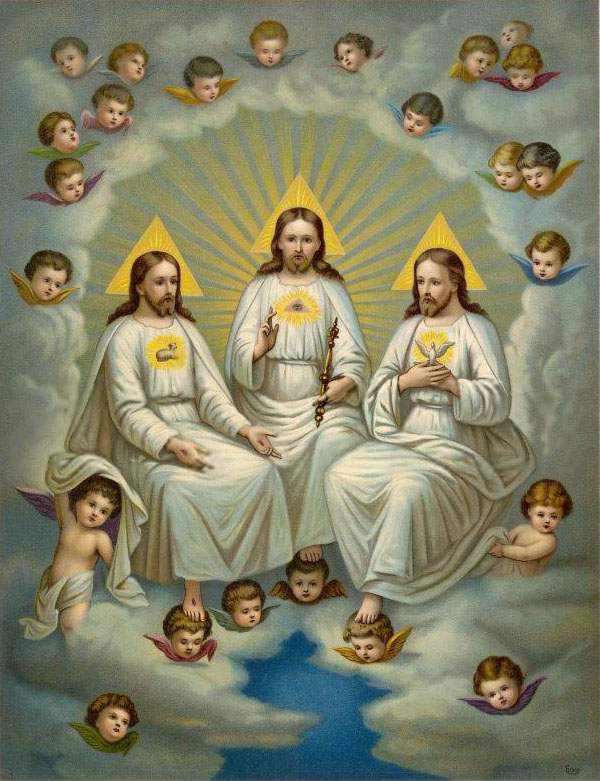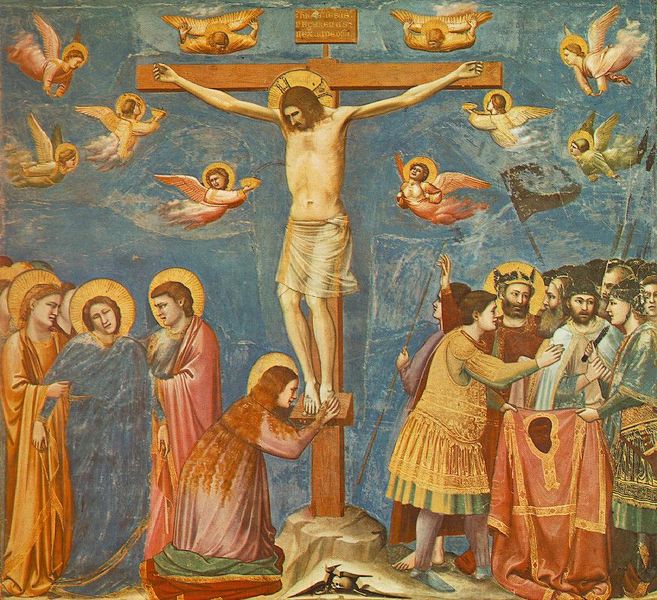
"He said the first Sufi was a son of Adam, namely, Shith 'alayhi as-salam or Seth, who was a sibling of Cain and Abel ... Seth is remembered as a prophet among the children of Adam and Eve. But in a parallel body of traditional lore he has another significance and another name. He is called Agathedaemon.
Now, Agathadaemon is remembered in this parallel tradition as the teacher of Hermes Trismegistus."
--Green Hermeticism: Alchemy and Ecology
In gnosticism, Seth is seen as a replacement given by God for Abel, whom Cain had slain. It is said that late in life, Adam gave Seth secret teachings that would become the kabbalah. The Zohar refers to Seth as "ancestor of all the generations of the tzaddikim" (Hebrew: righteous ones).
"The wickedness of Cain is repeated in Ham. But the descendants of both are shown as the wisest of races on earth; and they are called on this account 'snakes', and the 'sons of snakes', meaning the sons of wisdom, and not of Satan, as some divines would be pleased to have the world understand the term. Enmity has been placed between the 'snake' and the 'woman' only in this mortal phenomenal 'world of man' as 'born of woman'.
Before the carnal fall, the 'snake' was Ophis, the divine wisdom, which needed no matter to procreate men, humanity being utterly spiritual. Hence the war between the snake and the woman, or between spirit and matter."
- M. P. Blavatsky, Isis Unveiled


















